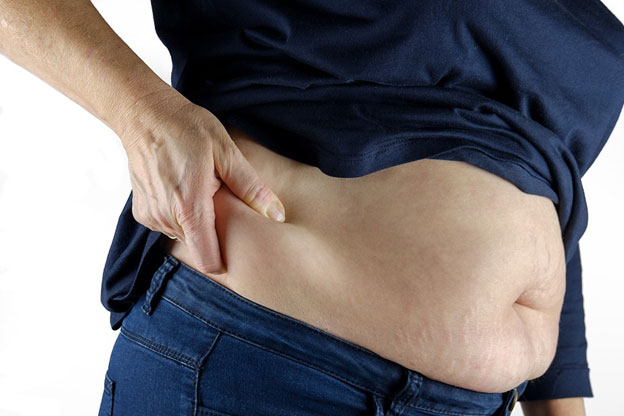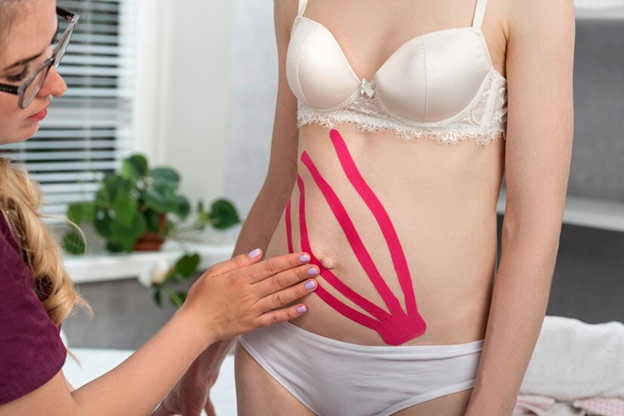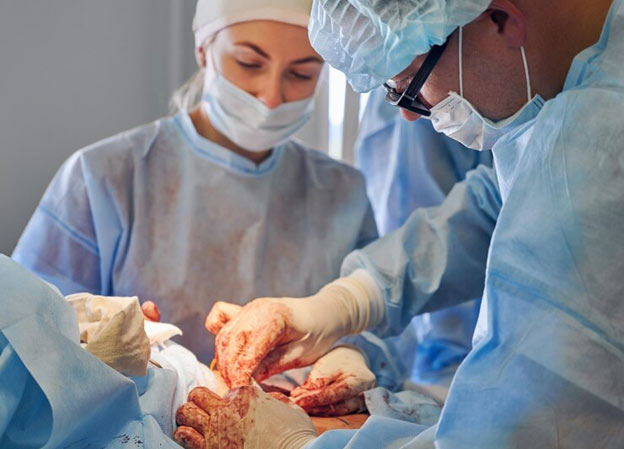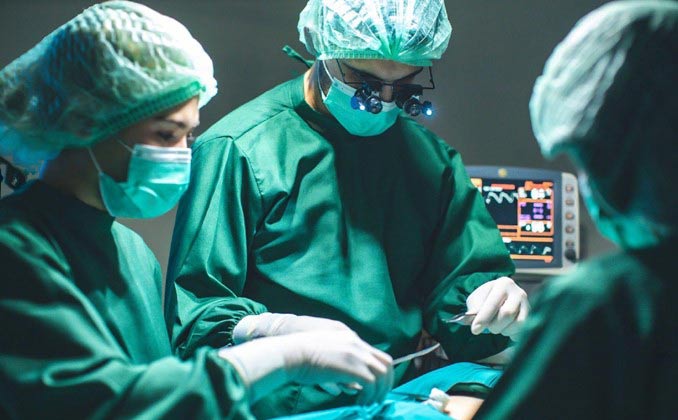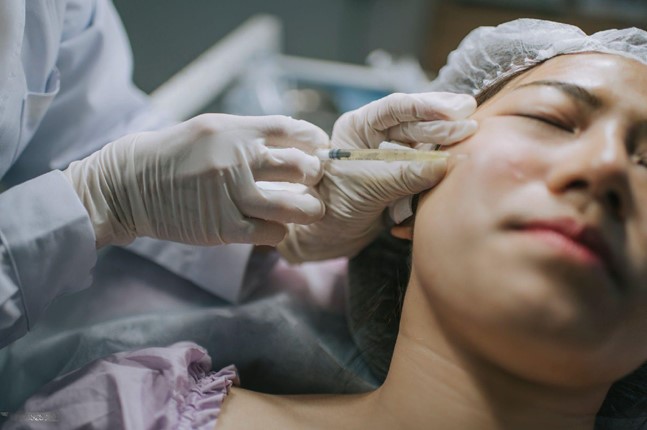Tips for Speeding Up Plastic Surgery Recovery
How to Speed Up Your Plastic Surgery Recovery

Most of us want to look our best, and plastic surgery is one way to achieve that. But let’s face it, surgery is never fun, and the recovery period can be long and arduous.
There are various types of plastic surgery procedures one can undergo these days. Whether you’ve had a facelift, breast augmentation, or a nose job, the recovery process is usually the same.
Here are a few tips on how you can speed up your plastic surgery recovery so you can get back to your life as soon as possible!
Activities To Speed Up Your Recovery Process
1. Get Plenty of Rest
This may seem like a no-brainer, but it’s important to get plenty of rest after your surgery. Your body needs time to heal, and resting will help speed up the process.
It’s tempting to want to get back to your normal routine as soon as possible, but it’s important to listen to your body and give it the time it needs to recover.
2. Get Plenty of Water
It’s also important to stay hydrated after your surgery. Drinking lots of fluids will help flush out the toxins in your body and help with the healing process.
Water is always the best choice, but you can also drink fruit juices and clear soups if you’re not a fan of water. Just make sure to avoid caffeine and alcohol, as they can dehydrate you.
3. Do not put any strain on the surgical area.
Your surgeon will likely give you specific instructions on how to care for your surgical area, but in general, you should avoid straining the area as much as possible.
This means no heavy lifting, no strenuous activity, and no taking baths or showers until your surgeon gives you the okay. Taking it easy will help ensure a speedy recovery.
4. Dressing the Incision Site
Chances are, your plastic surgeon will give you specific instructions on how to dress your surgical area.
But in general, you should avoid wearing tight clothing or anything that rubs against the area of the incision. Instead, opt for loose-fitting clothes and be sure to change your bandages regularly.
5. Eating nutritious foods
Eating healthy foods is important for everyone, but it’s especially important if you’re recovering from surgery.
Eating plenty of fruits, vegetables, and whole grains will help your body heal faster and improve your overall health. Avoiding processed foods, sugary drinks, and alcohol will also help you recover more quickly.
6. Comply with all pain medication directions.
You will likely be given a prescription for pain medication after your surgery. It’s important to take the medication as directed to manage your pain and help with the healing process.
Be sure to follow the instructions of your plastic surgeon and never take more.
7. Expert nursing care
If you have the option, professional nurse care can help you recover more quickly from plastic surgery.
A nurse will be able to help you with everything from dressing your surgical area to getting you out of bed and moving around.
Nurses are also a great resource for any questions or concerns you may have about your recovery.
The Average Recovery Time for Popular Procedures

1. Liposuction
Liposuction is a cosmetic surgery procedure that involves the removal of excess fat from the body. It is often used to improve the appearance of the thighs, buttocks, and stomach. The recovery time for liposuction is typically one to two weeks.
2. Breast Expansion
Breast augmentation is a cosmetic surgery procedure that involves the placement of implants to increase the size and shape of the breasts. The recovery time for breast augmentation is typically two to four weeks.
3. Tuck Your Abdomen
A tummy tuck is a cosmetic surgery procedure that involves the removal of excess skin and fat from the stomach area.
It is often used to improve the appearance of the abdomen after weight loss or pregnancy. The recovery time for a tummy tuck is typically four to six weeks.
4. Facelift
A facelift is a cosmetic surgery procedure that involves the removal of excess skin from the face and neck.
It is often used to improve the appearance of wrinkles and sagging skin. The recovery time for a facelift is typically two to four weeks.
5. Blepharoplasty
Blepharoplasty, or eyelid surgery, is a cosmetic surgery procedure that involves the removal of excess skin from the eyelids.
It is often used to improve the appearance of drooping or puffy eyelids. The recovery time for blepharoplasty is typically one to two weeks.
6. Rhinoplasty
Rhinoplasty, or nose surgery, is a cosmetic surgery procedure that involves the reshaping of the nose.
It is often used to improve the appearance of the nose as well as to correct breathing problems. The recovery time for rhinoplasty is typically two to four weeks.
7. Otoplasty
Otoplasty, or ear surgery, is a cosmetic surgery procedure that involves the reshaping of the ears. It is often used to improve the appearance of large or misshapen ears. The recovery time for otoplasty is typically one to two weeks.
Even though the recovery process can be relatively the same, different procedures have different time frames for recovery.
What Plastic Surgery Procedure Has The Shortest Recovery Time?
Most of these cosmetic procedures have relatively short recovery times. Otoplasty, or ear surgery, has usually recorded the shortest average plastic surgery recovery time of one to two weeks. The longest average plastic surgery recovery time is for a tummy tuck at four to six weeks.
Conclusion:
Recovering from plastic surgery can be a long and difficult process, but by following these simple tips, you can speed up your recovery time so you can get back to your life as soon as possible!
Patients should talk with their surgeons about their recovery plans. People heal at different rates and should expect recovery plans to be adjusted accordingly.
Be sure to listen to your body and follow the advice of your plastic surgeon closely for the best results.



